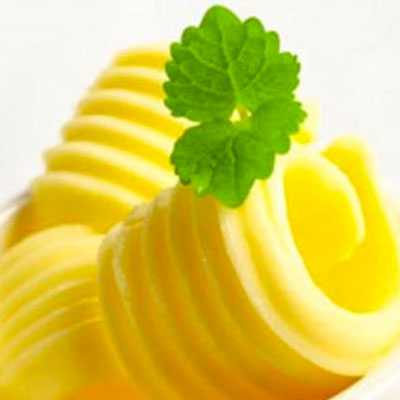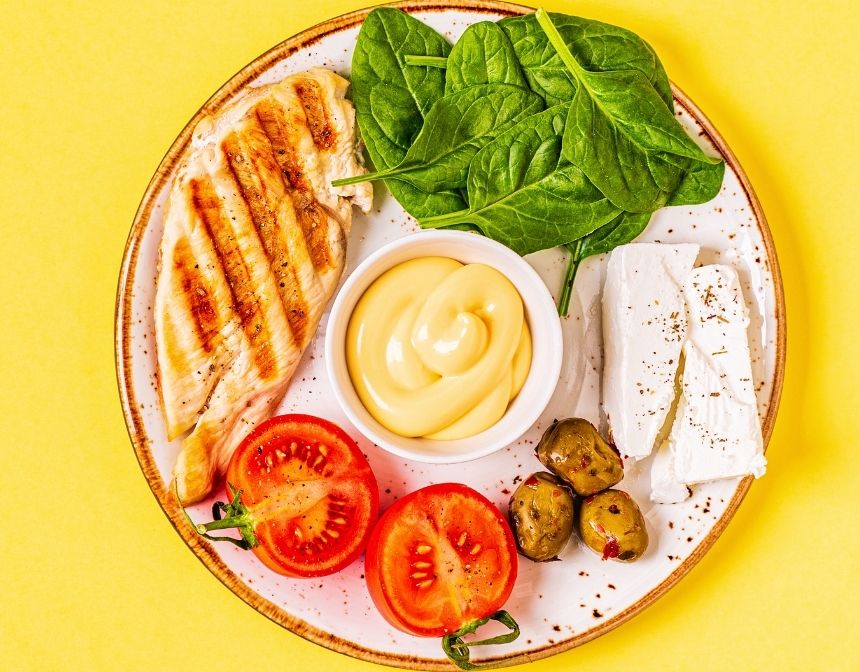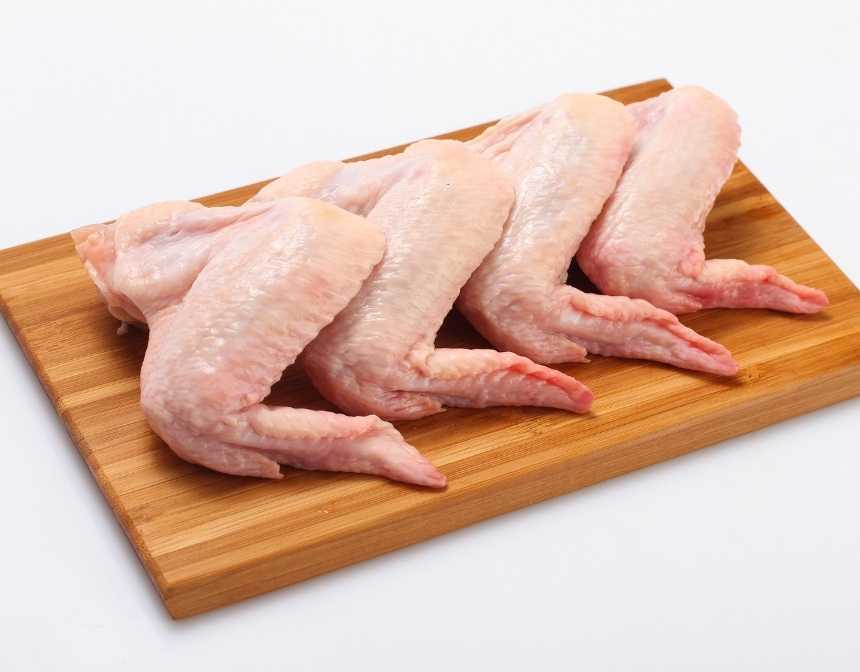What Is Pumpkin Cheesecake?
Pumpkin cheesecake, a luscious twist on traditional cheesecake, melds the creamy texture of cheesecake with the spiced flavor of pumpkin pie. This fusion dessert has grown in popularity, especially in the United States, where it has become a staple at Thanksgiving and autumn gatherings. The origin of pumpkin cheesecake traces back to the introduction of cream cheese in the early 20th century, combining the classic European cheesecake with the all-American pumpkin pie, a symbol of fall and harvest celebrations.
For those seeking a simpler version, the no-bake pumpkin cheesecake offers an equally delicious alternative. This version typically involves a mixture of cream cheese, pumpkin puree, spices, and whipped cream set atop a graham cracker crust, all chilled to perfection without the need for an oven. The no-bake pumpkin cheesecake is not only easier for beginners but also a great option for those hot days when you want to avoid turning on the oven. Its light, mousse-like texture makes it a delightful end to any meal.
Another popular variation is the pumpkin pie cheesecake, which combines elements of both classic desserts. It features a layer of traditional pumpkin pie filling atop a creamy cheesecake base, offering the best of both worlds. This dual-layer dessert is often topped with whipped cream and additional spices for added flavor and visual appeal. The pumpkin pie cheesecake is perfect for those who love both pumpkin pie and cheesecake and want to enjoy the flavors of both in every bite.
Each version of pumpkin cheesecake, whether baked or no-bake, brings a unique blend of flavors and textures that make it a beloved dessert during the fall season and beyond.
What Is The Best Cream Cheese For Cheesecake?
When it comes to making cheesecake, the type of cream cheese you use can significantly impact the texture and flavor of your dessert. The best cream cheese for cheesecake is typically full-fat, high-quality cream cheese. Here's what to look for:
- Full-Fat Cream Cheese: For the creamiest and richest texture, full-fat cream cheese is the best choice. Low-fat or non-fat cream cheeses can result in a cheesecake that's less creamy and more prone to textural issues.
- Block Cream Cheese: Cream cheese that comes in a block (as opposed to whipped or spreadable cream cheese in a tub) is preferable for baking. It has a lower moisture content and a denser texture, which is ideal for achieving the classic smooth and firm consistency of cheesecake.
- Brand Quality: Choose a reputable brand known for its quality. Popular brands like Philadelphia are often recommended by bakers for their consistent texture and taste. However, store brands from reputable grocers can also work well and may be more budget-friendly.
- Room Temperature: Regardless of the brand or type, always use room temperature cream cheese for cheesecake. This ensures it blends smoothly with other ingredients, preventing lumps in your batter.
- Flavor Considerations: For a classic cheesecake, stick with plain cream cheese. Avoid flavored varieties as they can alter the desired taste of your cheesecake.
In summary, opting for full-fat, block cream cheese from a quality brand will give you the best results in texture and flavor for your cheesecake. This type of cream cheese provides the stable base essential for that creamy, rich, and indulgent dessert everyone loves.
What Is The Best Pan for Pumpkin Cheesecake?
For making Pumpkin Cheesecake, the pan choice is crucial to achieve the perfect bake and presentation. The ideal pan for this recipe is a 9-inch springform pan. Here's why:
- Springform Design: The springform pan consists of two pieces, a base and a removable ring that forms the sides. This design is perfect for cheesecakes because you can remove the sides easily without having to invert the cake, which maintains its beautiful presentation and integrity.
- Size Matters: A 9-inch pan is a standard size for most cheesecake recipes, including this Pumpkin Cheesecake. It provides enough space for the crust and filling to spread out and cook evenly, without overflowing.
- Non-Stick Surface: Many springform pans come with a non-stick surface, which is beneficial for cheesecakes. It allows for easy release of the cake once it’s cooled and set.
- Leakproof: Look for a pan that specifically states it's leakproof or has a tight seal. Cheesecake batter is quite liquid before it sets, and a leakproof pan will prevent any spills in your oven.
- Depth: A springform pan with a depth of at least 2.5 to 3 inches is ideal for this recipe. It ensures that the batter doesn’t rise over the top during baking.
- Oven-Safe: Ensure that the pan is oven-safe up to at least 350 °F (175 °C), which is the typical baking temperature for cheesecakes.
Remember, when preparing the pan for baking, it's common to wrap the outside bottom and sides of the springform pan in aluminum foil, especially if you are using a water bath (bain-marie) technique. This prevents water from seeping into the pan and making the crust soggy.
For more, check out our ‘Guide to Selecting the Best Pans and Pots’ article.
What To Serve with Pumpkin Cheesecake?
You can enhance the delectable experience of Pumpkin Cheesecake by serving it with a variety of delicious companions. Top each slice with a generous swirl of freshly whipped cream for a light and airy texture. Drizzle warm caramel sauce for an extra layer of sweetness, or add a crunchy touch with chopped nuts like pecans or walnuts.
Here are our some delicious recipes that you can serve with Pumpkin Cheesecake:
- Americano Coffee
- Chai Tea Latte
- Whipped Cream
- Vanilla Ice Cream
- Chocolate Ganache
How To Store Cream Cheese?
Storing cream cheese properly is essential to maintain its quality and extend its shelf life. Here's how to store cream cheese, whether it's still in its original packaging or after it has been opened:
Unopened Cream Cheese:
Refrigerate: Keep unopened cream cheese in its original packaging in the refrigerator. The ideal temperature for storing dairy products is between 35 °F and 40 °F (1.7 °C to 4.4 °C).
Check Expiration Date: Always adhere to the expiration date provided by the manufacturer. Unopened cream cheese can typically last for several weeks in the refrigerator if stored properly.
Opened Cream Cheese:
Airtight Container: Once opened, if the cream cheese cannot be resealed, transfer it to an airtight container. This will prevent it from absorbing odors and flavors from other foods in the refrigerator.
Use Within 10 Days: Opened cream cheese should be used within 10 days for the best quality and safety.
How To Freeze Cream Cheese?
While you can freeze cream cheese, it's important to note that freezing can alter its texture, making it more crumbly and less creamy. It's still fine for cooking or baking but might not be ideal for spreading.
Freezing: To freeze cream cheese, keep it in its original packaging and place it inside a freezer bag to prevent freezer burn.
Thawing: Thaw frozen cream cheese in the refrigerator. Once thawed, stir it well before use, especially if you plan to spread it.
Freezing Duration: Cream cheese can be stored in the freezer for up to two months.
Tips:
- Avoid Room Temperature Storage: Do not leave cream cheese at room temperature for more than two hours, as it can spoil and become unsafe to consume.
- Do Not Contaminate: Use a clean knife or spreader each time to avoid cross-contamination.
- For Baking: If you need cream cheese for baking, remove it from the refrigerator ahead of time to bring it to room temperature, which will ensure smoother blending.
Proper storage of cream cheese is key to preserving its flavor and texture, as well as preventing foodborne illnesses. Whether you're using it for baking, cooking, or as a spread, these storage methods will help keep your cream cheese fresh and delicious.
How To Store Pumpkin Cheesecake?
To store Spiced Pumpkin Cheesecake properly, follow these steps:
- Allow the cheesecake to cool at room temperature for about 2 to 3 hours after baking. This helps prevent condensation from forming on the surface when refrigerated.
- Gently drape a piece of plastic wrap over the cheesecake.
- Place the covered cheesecake on a flat surface in the refrigerator. It can be stored in the refrigerator for 5-7 days. However, for the best taste and texture, aim to consume it within 3 days.
- If you've already cut into the cheesecake and have leftovers, store individual slices in airtight containers. This helps prevent them from drying out and makes for convenient serving.
- If your cheesecake has toppings, especially wet ones, add them just before serving. Freezing wet toppings may alter their texture.
- Before serving, allow the cheesecake to sit at room temperature for around 20 minutes. This enhances its flavors and prevents it from being too firm.








































